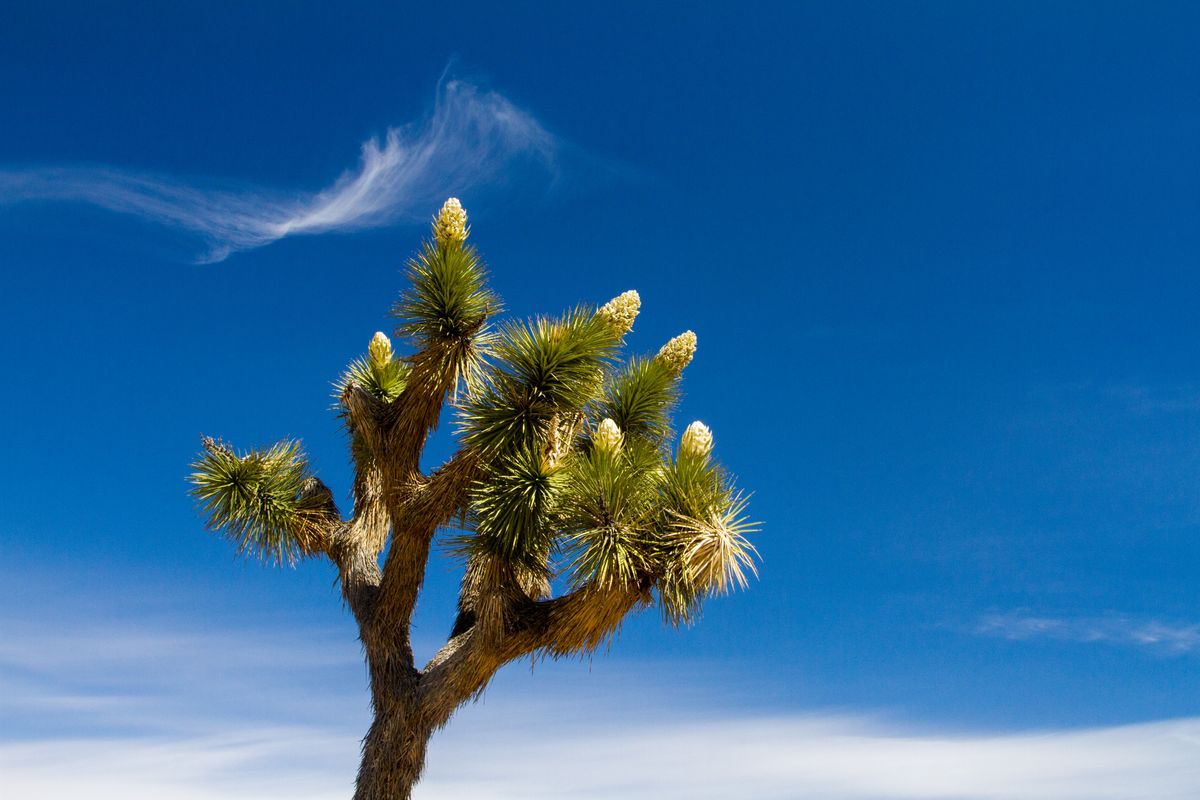When we venture into the great outdoors, we have the opportunity to witness nature's breathtaking beauty and experience the tranquility of unspoiled landscapes. As explorers, it is our responsibility to ensure that these natural wonders remain pristine for generations to come by minimizing our impact and respecting the resources we encounter.
By following the principles of Leave No Trace, we can help preserve both the natural environment and the cultural and historical resources found within these areas. Remember, we are visitors in these spaces, and it's our duty to leave them as we found them, if not better.
Here are some fundamental guidelines to follow when respecting resources on your hiking adventures:
- Know the rules, regulations, and any special concerns of the area you are visiting.
- Preserve the past. Leave what you find. Please do not disturb or remove any artifacts. Historical features are protected by the National Historic Preservation Act (1966) and the Archaeological Resources Protection Act (1979). Help protect historic and cultural resources by leaving them in place for others to enjoy. Do not touch cultural or historic structures or artifacts. Do not create a collection pile. Take only pictures. Leave only footprints.
- Observe wildlife from a distance. Do not feed or harass the wildlife!
- Respect other visitors. Be courteous. Let nature’s sounds prevail.
- Pack it in, pack it out. Pack out all trash and leftover food.
- Protect wetlands and riparian areas. Camp at least 200 feet (60m) from any water source.
- Keep campsites small. Focus activity where vegetation is absent.
- Try to camp on durable surfaces: established campsites, rock, gravel, dry grasses, or snow.
- Wash dishes 200 feet (60m) away from water sources using biodegradable soap.
- Deposit solid human waste in “cat holes” dug 6 inches (15cm) to 8 inches (20cm) deep and away from water.
- Pack out toilet paper and hygiene products.
- Also, see Rock Art Etiquette and Backcountry Cabin Etiquette.
